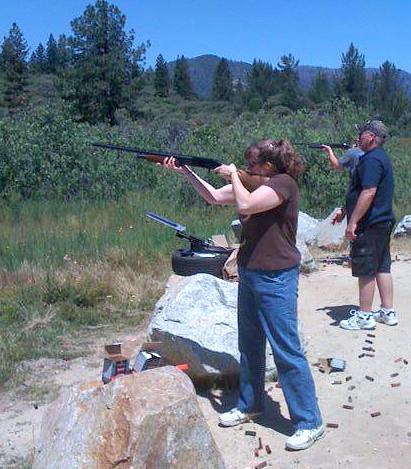The BLM reminds the public to target shoot safely
Organization:
BLM Office:
Media Contact:
REDDING, Calif. — With temperatures rising and fire dangers increasing, the Bureau of Land Management is reminding the public about the need to follow designated shooting hours and adhere to precautions regarding ammunition and target types.
“We have already had a fire at the Iron Mountain shooting area because of sparks caused by a steel target,” said Jennifer Mata, manager of the BLM Redding Field Office. “This early fire season incident is a reminder that a small spark can quickly grow into a fire that can endanger lives and property.”
Under fire prevention orders now in place, the BLM allows target shooting only from a half-hour before sunrise to noon daily on northwest California public lands in Shasta, Siskiyou, Butte, Tehama, Trinity, Humboldt, and Del Norte counties. Additionally, shooters must follow these safety regulations:
- Incendiary, tracer, steel core or armor piercing ammunition are not allowed.
- Exploding targets or any other target, including steel, that could emit sparks are not allowed.
- Shooters must have a shovel or fire extinguisher on hand at all times.
Additionally, the BLM noted, shooters should:
- Place targets on dirt or gravel, away from flammable vegetation or rocks that could cause sparks.
- Be aware of weather conditions and avoid shooting when red flag warnings and fire weather watches are in place. Avoid shooting during hot and windy weather.
Details on fire restrictions, including target shooting rules and interactive maps, can be found at https://on.doi.gov/3bYQ9cl or by contacting the Redding Field Office at 530-224-2100.
The BLM manages about 245 million acres of public land located primarily in 12 western states, including Alaska, on behalf of the American people. The BLM also administers 700 million acres of sub-surface mineral estate throughout the nation. Our mission is to sustain the health, diversity, and productivity of America’s public lands for the use and enjoyment of present and future generations.

